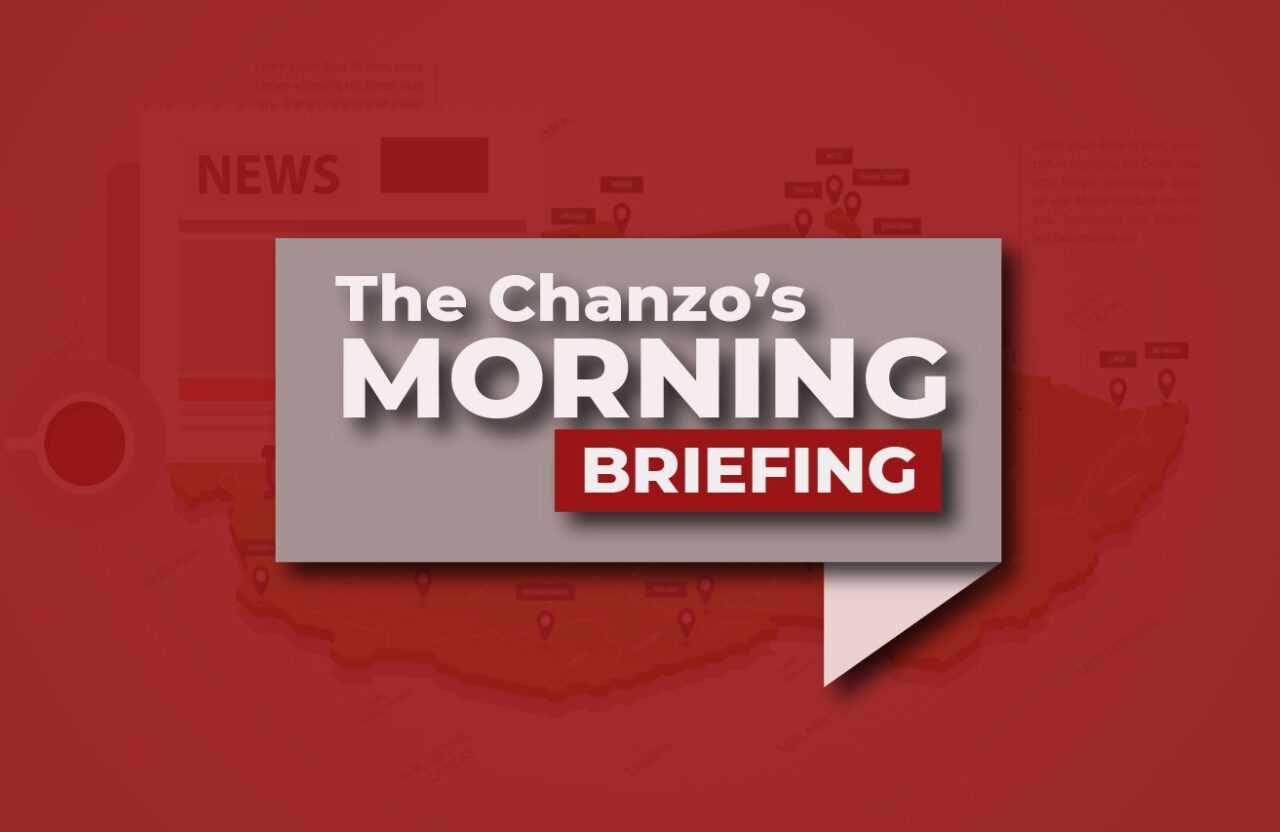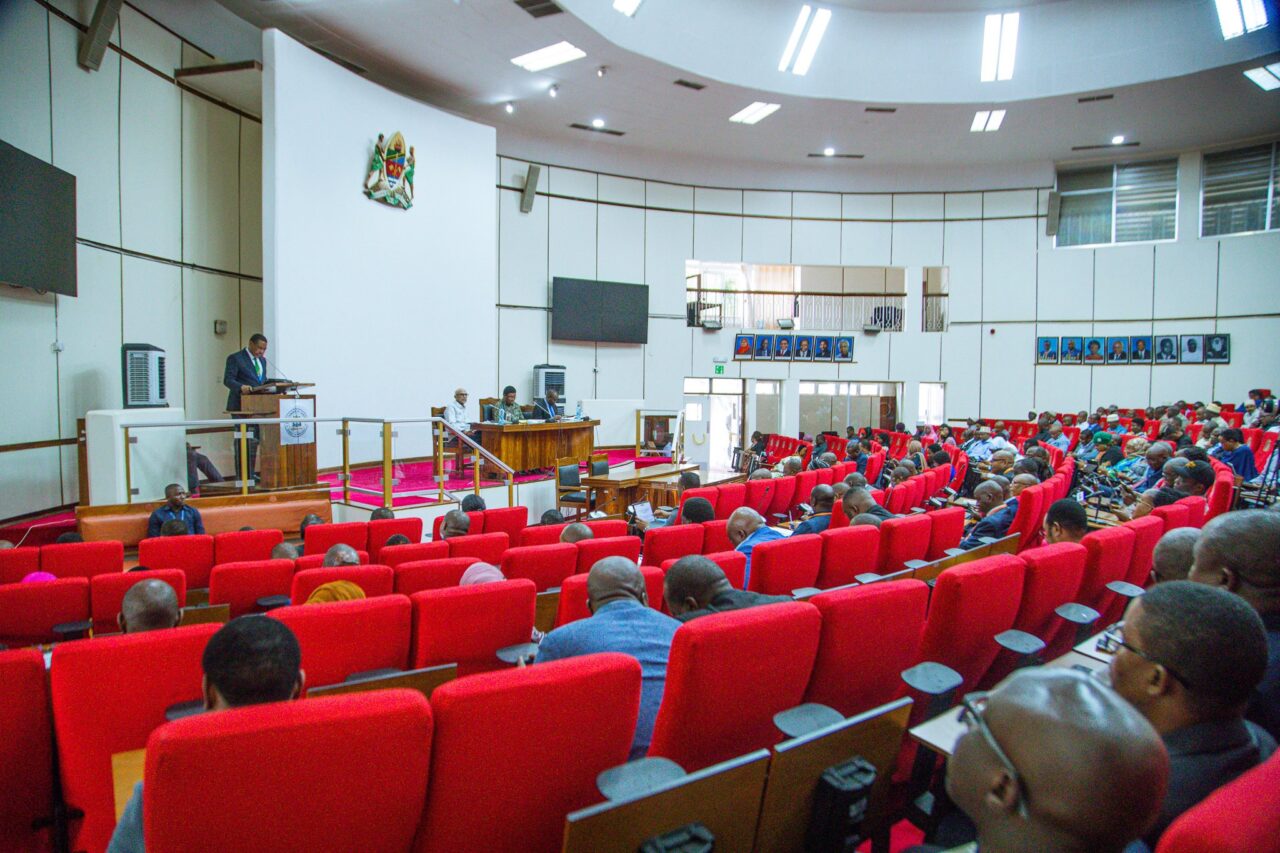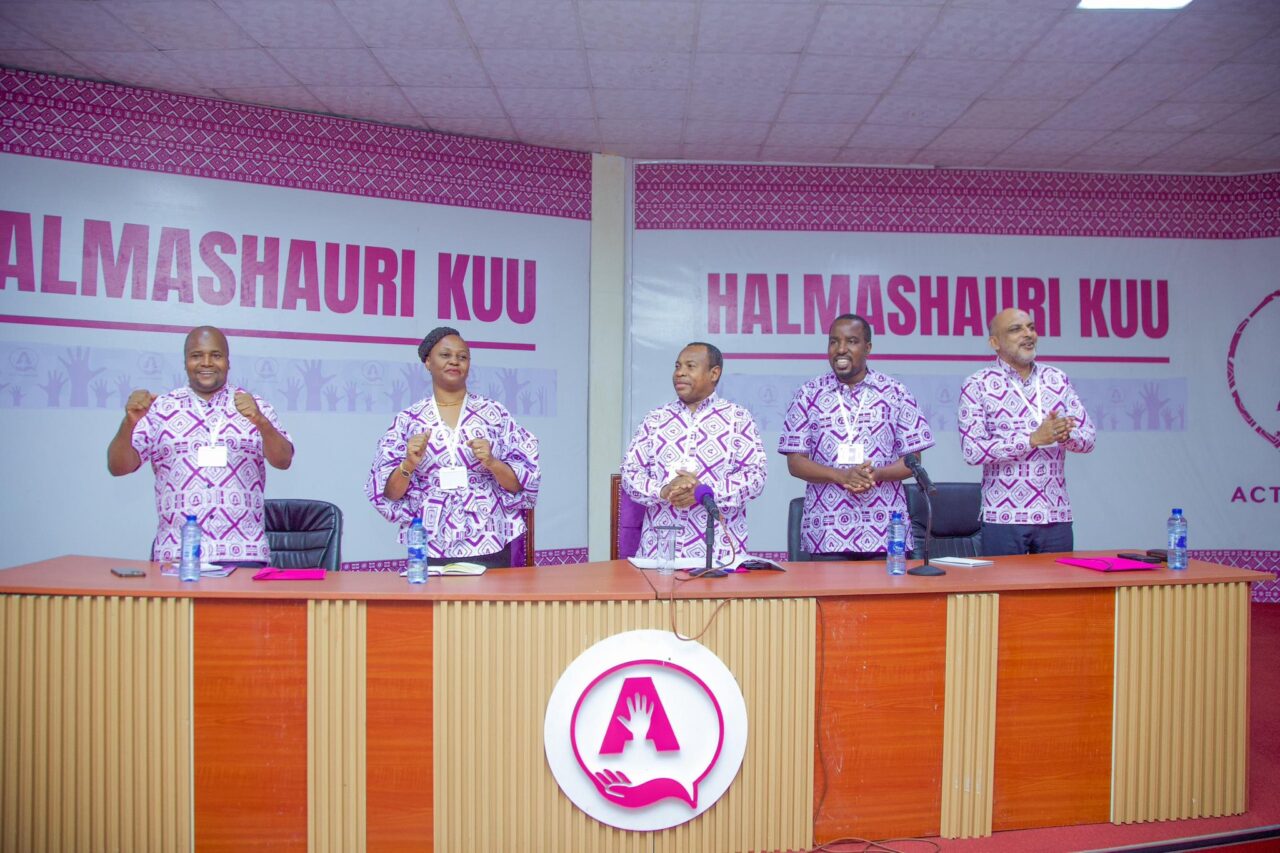Over the past decade, Tanzania has embarked on a remarkable digital transformation journey. The government’s pledge to usher Tanzanians into the digital economy era is evident in the significant growth of SIM card accounts and internet subscriptions.
As per the latest quarter report from the Tanzania Communications Regulatory Authority (TCRA), the country boasts 51.4 million SIM card accounts and approximately 34 million internet subscriptions as of September 2023, marking a substantial increase from the 23.8 million subscriptions recorded in 2018, indicating a swift expansion of the subscriber base nationwide.
Despite being displaced from the top 10 in Africa and currently ranking 20th this year, Tanzania is renowned for offering some of the most affordable data rates in the region. At first glance, one might presume that Tanzanians enjoy the extensive benefits of internet access.
However, a more in-depth examination uncovers a harsh reality – while data may be affordable, a significant digital divide persists, making internet access prohibitive for a considerable segment of the population.
The allure of cheap data
Tanzania has earned accolades for its competitive data pricing, consistently offering some of the lowest rates in Africa over the past decade. This factor has been instrumental in propelling the country’s digital transformation, attracting investment, and stimulating innovation.
RELATED CONTENT: The Internet Is More of a Necessity Than a Luxury. Why Make It Expensive Then?
Mobile network operators have been at the forefront of this change, making data accessible to a broader demographic, thereby enhancing connectivity.
Despite the seemingly affordable data costs, many Tanzanians grapple with regular internet access. The affordability of data does not guarantee universal accessibility.
Factors such as income disparities, infrastructural limitations, and the urban-rural divide contribute to a digital landscape where a significant portion of the population remains offline.
In 2023, the poverty rate in Tanzania is projected to be 43.4 per cent, implying that approximately 43.4 per cent of Tanzanians still live below the poverty line in 2023, with the rate of poverty reduction expected to continue slowly in the forthcoming years.
The World Bank posits that while no significant change in the poverty rate is anticipated in 2023, Tanzania’s prospects for poverty reduction are modestly optimistic as economic recovery continues.
RELATED CONTENT: Why Internet Censorship Is Counterproductive
With the average price of 1GB of data exceeding Sh2,000, World Bank data suggests that affording data remains a daunting challenge for more than half of the Tanzanian population.
A luxury
While data prices may appear low in absolute terms, the average income of many Tanzanians relegates regular internet usage to a luxury rather than a necessity. The urban-rural income gap further compounds this issue, with rural populations often earning less and encountering additional barriers to internet access.
Beyond mere economic factors, the digital infrastructure deficit in certain regions poses a significant barrier to internet accessibility. Rural areas, in particular, grapple with challenges related to network coverage, electricity supply, and device availability.
This infrastructural void amplifies the affordability issue, as the means to access it may be limited even with affordable data.
The digital chasm between urban and rural areas remains a formidable challenge. Urban centres tend to reap more benefits from the trend of affordable data, while rural communities often lack the necessary infrastructure and resources for widespread internet access. This discrepancy engenders a bifurcated digital society, curtailing the potential for inclusive growth and development.
RELATED CONTENT: Bridging the Digital Divide: This Tanzania’s Village is About to be Connected,See What Will Change
Recognising the imperative of bridging the digital divide, the Tanzanian government has launched initiatives to enhance internet infrastructure and promote digital literacy.
Expanding network coverage
Investments aimed at expanding network coverage to underserved areas and subsidising devices are part of the strategy to make the Internet more accessible to all citizens. In addition to government efforts, community-led initiatives and digital literacy programs play a pivotal role in addressing the root causes of the digital divide.
Empowering citizens with the skills and knowledge to leverage the Internet for education, business, and communication is crucial for fostering a more inclusive digital society.
While Tanzania’s data affordability appears to have taken a step back in the past five years compared to the global trend of decreasing data costs, the nation’s reputation for offering economical data has undeniably catapulted it into the digital era.
However, the digital divide continues to pose a formidable challenge that calls for holistic solutions.
RELATED CONTENT:Here’s Why Costs of Data In Tanzania Are High
Affordability in isolation does not ensure accessibility, and it is imperative to address the underlying issues – income disparities, infrastructural limitations, and the urban-rural digital chasm – to ensure that the dividends of the digital revolution are reaped by all citizens, irrespective of their geographical location or economic standing.
Kennedy Mmari is the Founder and Chief Executive Officer of Serengeti Bytes, a Dar es Salaam-based communications, public relations and digital media agency. He’s available at kennedy@serengetibytes.com and on X as @KennedyMmari. The opinions expressed here are the writer’s own and do not necessarily reflect those of The Chanzo. If you are interested in publishing in this space, please contact our editors at editor@thechanzo.com.





2 responses
All gonna be alright once the failure people step down from the power to which they can’t understand why they are there
This is a true definition of informative news.I like the way it has been researched and resubmitted.
Thank You